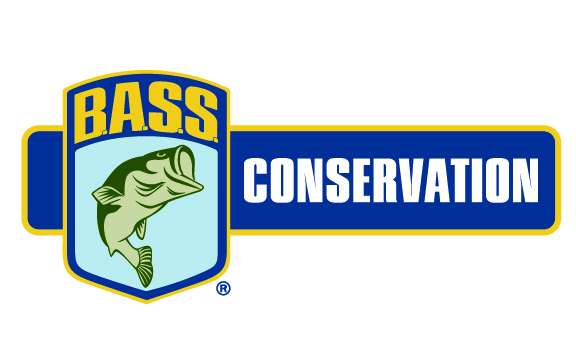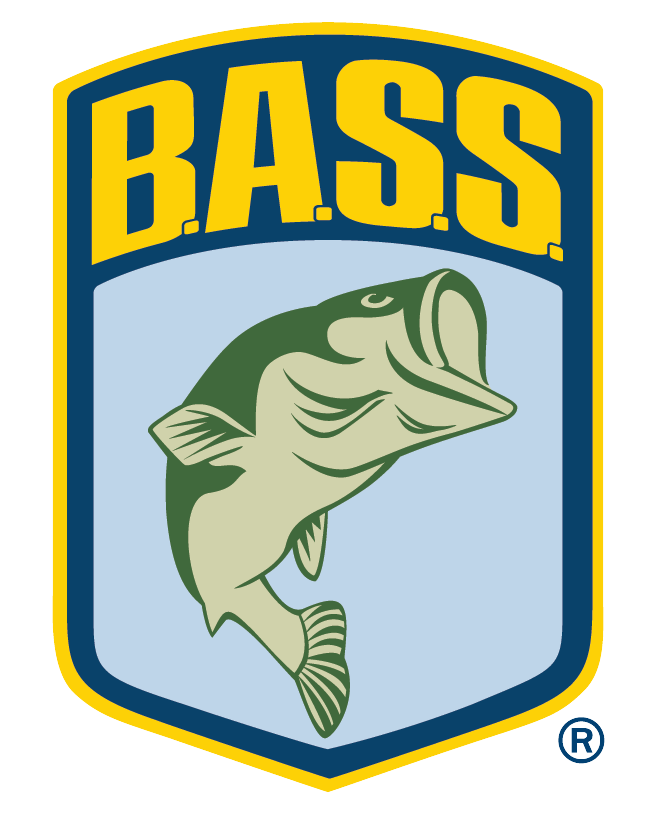
WASHINGTON, D.C – Today, B.A.S.S. joined 54 other members of the Hunt Fish 30×30 Coalition to submit a set of formal recommendations for the Biden Administration’s “America the Beautiful” initiative. Also referred to as 30×30, the initiative seeks to conserve 30% of the world’s land and water by 2030.
The recommendations highlight several priorities of the sporting-conservation community as they relate to the development of the Administration’s forthcoming American Conservation and Stewardship Atlas, which will serve as a measure of conservation and restoration progress to date.
The recommendations submitted to President Biden’s interagency working group reflect the priorities first outlined in the Hunting and Fishing Community Statement on the 30×30 Initiative that was developed in response to 30×30 legislation introduced at the state level in 2020. In the statement, which has currently been signed by 66 sporting-conservation organizations, the Coalition highlights the important role sportsmen and women have played in the conservation of our fish, wildlife and natural ecosystems. These recommendations present an opportunity to advance pragmatic, successful conservation efforts while recognizing many existing efforts that have, to date, been largely overlooked relative to this initiative.
“Anglers’ license dollars, excise taxes and fees support the conservation of our nation’s fisheries,” said B.A.S.S. National Conservation Director Gene Gilliland. “Maintaining responsible access to those lands and waters is vital to ensuring continued appreciation and support among sportsmen and women. We need to emphasize that anglers should be vigilant to what’s going on in their state legislatures and be ready for a call to action when political advocacy is needed. Anglers need to be informed and have that ‘seat at the table’ in both state houses and Washington, D.C.”
These recommendations were designed to provide an initial framework as the Administration’s interagency working group begins developing the American Conservation and Stewardship Atlas.
Key priorities of the recommendations include:
- Clearly defining “conservation” to support the active management and sustainable use of our nation’s public trust fish and wildlife resources.
- Collaborating closely with entities devoted to achieving measurable biodiversity conservation objectives, including: State fish and wildlife management agencies; regional fish and wildlife management bodies; members of the sporting-conservation community; the more than 500 federally recognized Native American tribes; and, private landowners through voluntary, incentive-based opportunities.
- Recognizing and including all efforts directly contributing to biodiversity conservation in the forthcoming American Conservation and Stewardship Atlas, including those on lands subject to multiple uses.





